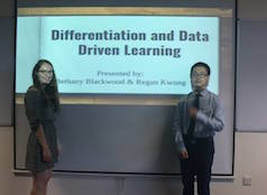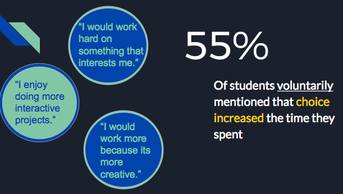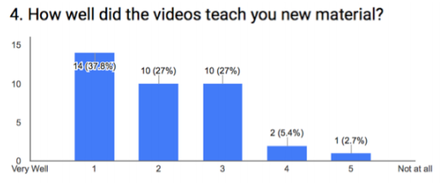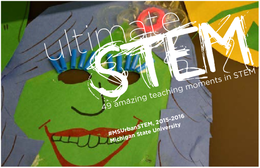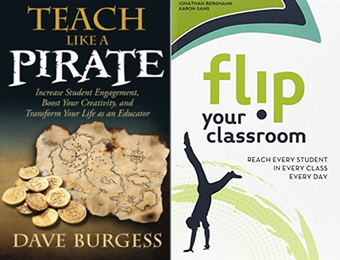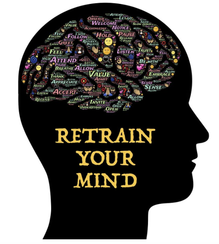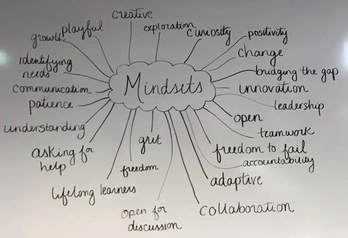Showcase of my Work
Throughout my Master of Arts in Educational Technology degree at Michigan State University, I have tried to take my learning into my classroom to improve my teaching. I have come a long way in my teaching practice during these 3 years. Check out my classroom page to see more about my current teaching.
This page showcases the work I have done in graduate school, both as a teacher and as a lifelong learner. I have divided the page into these categories:
- Research & learning
- Classroom instruction
- Changing mindsets
